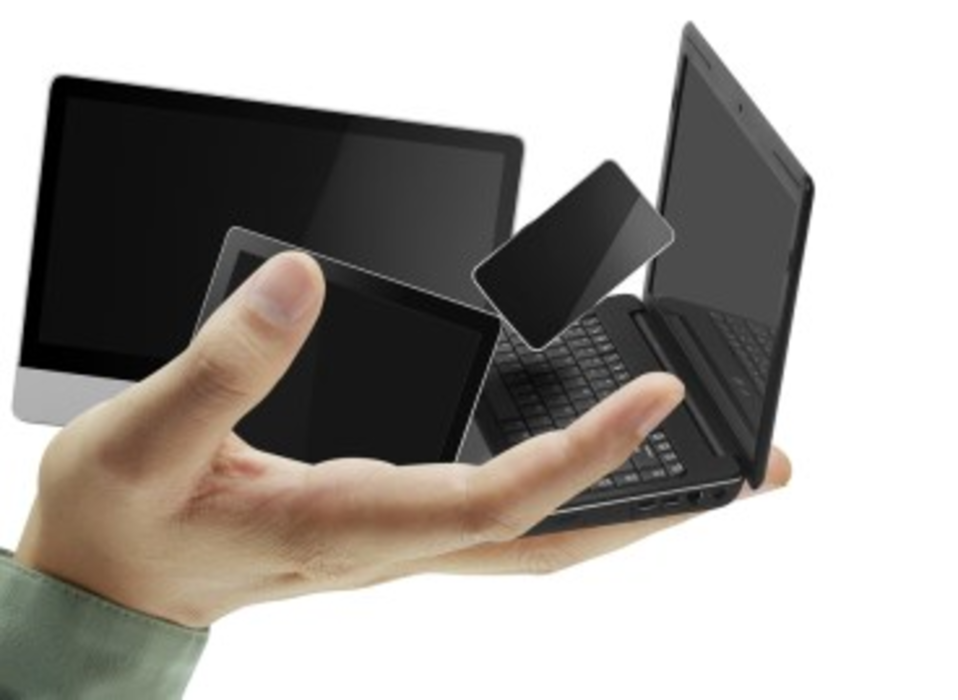Just because a mobile device has a tiny screen doesn’t mean it’s a mini PC. It’s an unfortunate mind-set that Liquid Wireless president Jason Cianchette often bumps up against.
“One thing I always tell people: This is not the tiny Web—if you think about it like that, you’re going to have a difficult time of it,” says Cianchette, whose company specializes in mobile lead generation, media buying and, analytics. Liquid Wireless was acquired by Publishers Clearing House (PCH) a little less than a year ago.
Some marketers are intimidated by mobile’s sweeping rise—but many others out there take the opposite approach, sometimes to their detriment.
“Some people are too cavalier; they go in with all their Web best practices and preconceived notions of what mobile is,” Cianchette says. “Don’t just re-create the exact same thing as online and fit it into mobile.”
While quite a few PC best practice rules of thumb make sense for mobile, some simply don’t, and it’s up to marketers to reevaluate their overall goals and figure out how best to accomplish those objectives on mobile. It’s its own channel, and it deserves to be treated that way—especially considering how much traffic’s coming through mobile devices.
For example, after working with Liquid Wireless, Publishers Clearing House now drives a pretty significant amount of revenue through its email program via mobile. Since acquiring Liquid, PCH’s mobile email activity is actually up by 20% from back in the day when users were primarily accessing email on PCs.
One best practice that applies to Web and mobile is page load time. Mobile users have even less patience than PC jockeys when it comes to pages that load slower than paint dries. In fact, mobile users have “no patience for it” at all, says Cianchette.
It’s an awkward situation for mobile marketers. Mobile devices have higher latency connections and smaller processes to boot (ha). That combined with the average mobile user’s attention span—comparable to that of a hyperactive fruit fly on vacation—means marketers have to stay super-attentive to user needs.
And then there’s the hardware. While it doesn’t really matter much on the PC end, it makes a world of difference to the success of mobile campaigns and a marketer’s ability to target well.
“With a PC, it doesn’t much matter if someone’s using a Dell or a Lenovo, and no one looks at the ISP [Internet service provider], whether it’s Roadrunner or Cablevision—no one really cares,” Cianchette says.
But with mobile, which handset people have and the carrier they use makes or breaks a marketer’s ability to reach them. Take Verizon, for example. It’s an expensive postpaid carrier you need a credit card to sign up for.
“For me, I have a $600 phone on Verizon, and that’s very different than if someone has a track phone with a prepaid plan,” Cianchette says. “So yes, a lot of things related to mobile have parallels to the Web, but there are many unique challenges, too.”
| In other words, does not equal . Take note. |








